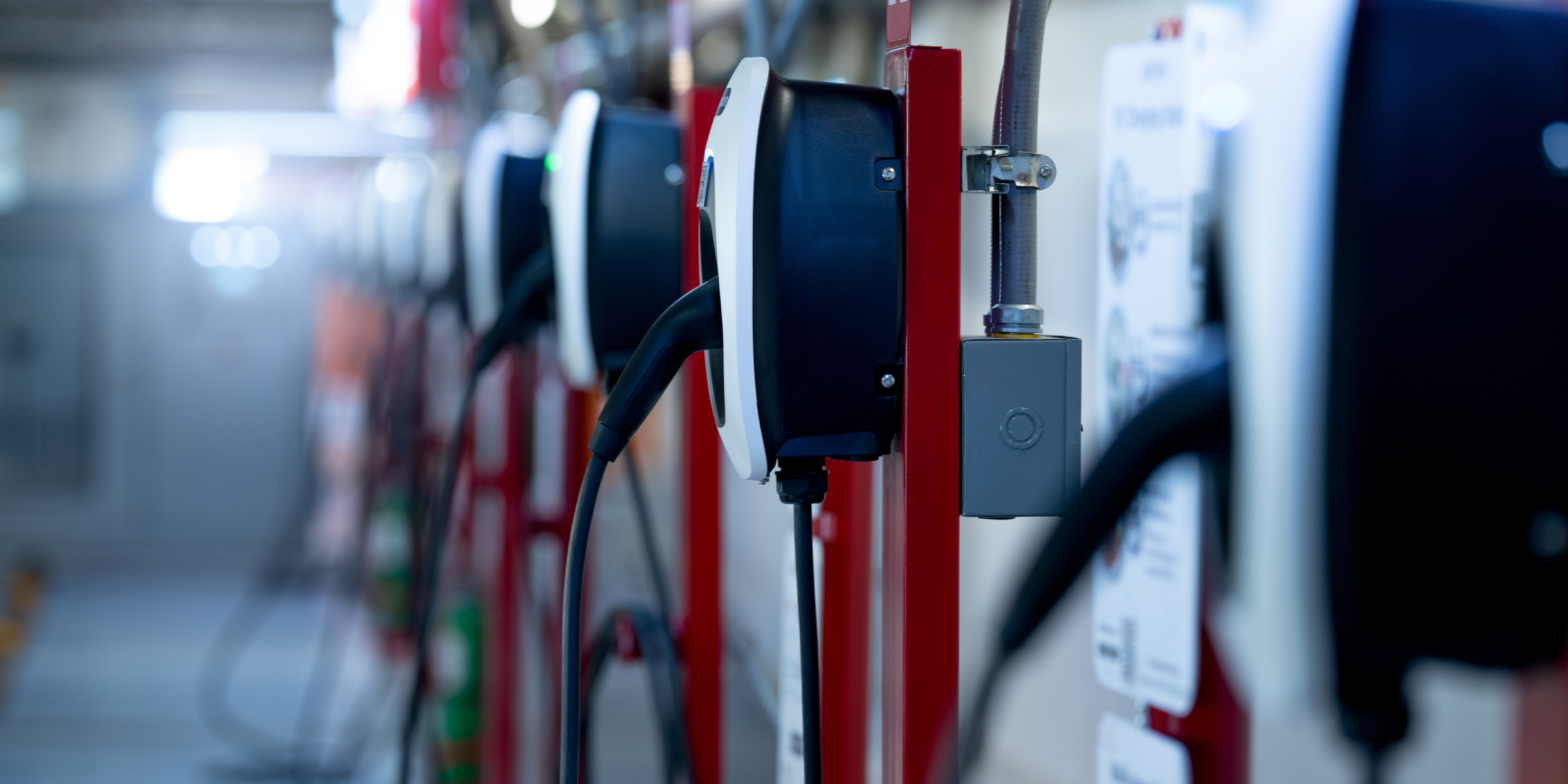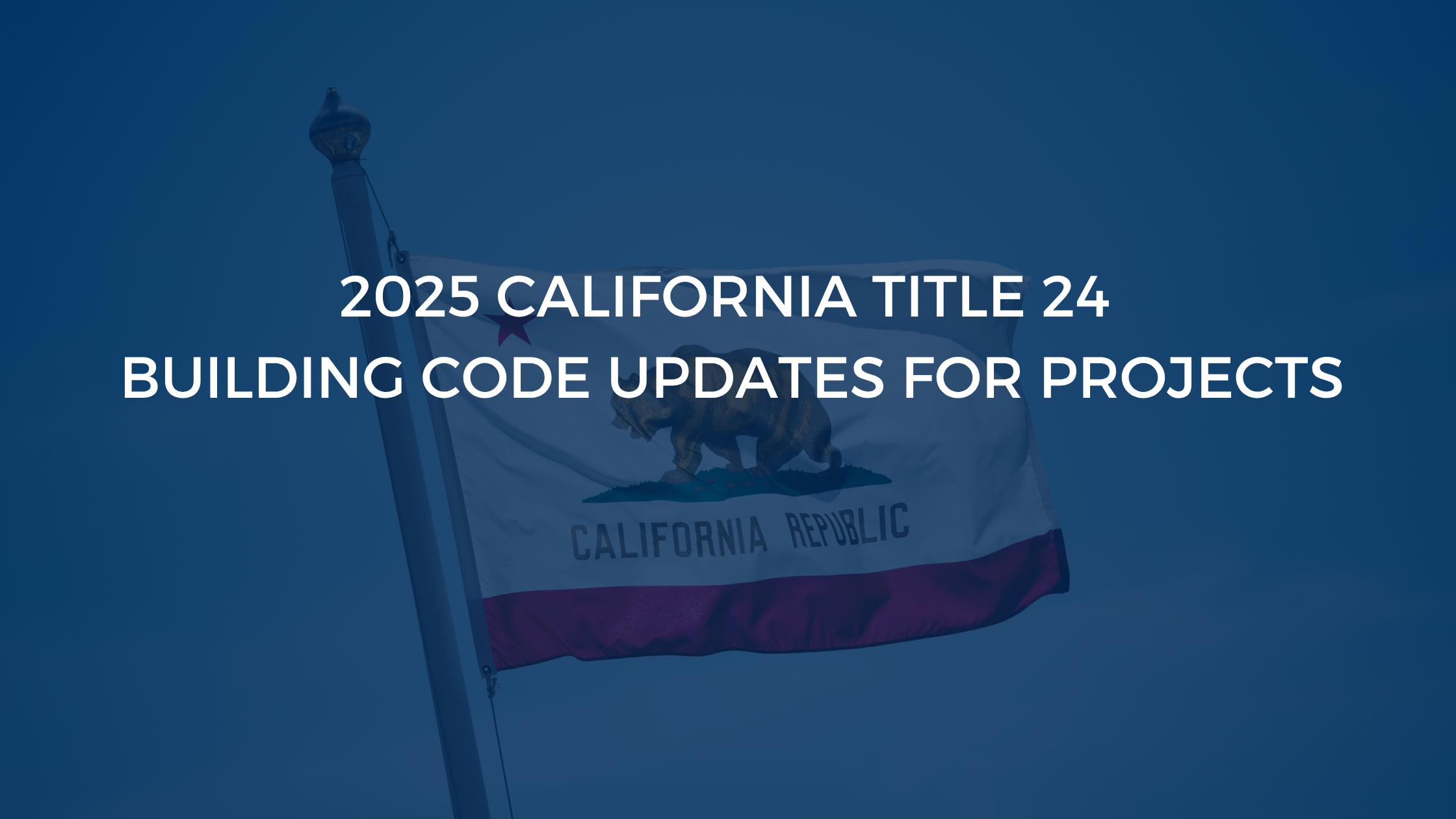The electric vehicle (EV) charging market is experiencing significant growth in the U.S. as the push for sustainability, the increasing adoption of electric vehicles, and government incentives continue to drive the demand for this charging infrastructure.
However, with regulatory requirements varying widely across regions, the permitting process presents a significant barrier to the rollout of charging stations. In this article, we dive into the zoning, building code, and permitting considerations for constructing EV charging sites and best practices to ensure a smooth approvals process.
Expanding network of U.S. charging stations
As of February 2024, there are more than 61,000 publicly accessible EV charging stations in the U.S.—more than double the 29,000 reported in 2020. As the market continues to expand, this number is likely to increase 10-fold through 2030, with projections showing that the market could reach over $15 billion within the same period. So, where are most of these charging stations located? Today, they can be found in two-thirds of all U.S. counties, which collectively include 95 percent of the country’s population.

Top five states with the most EV charging stations
- California—25.5 percent of the total EV charging stations
- New York—6.1 percent
- Florida—5.4 percent
- Texas—4.8 percent
- Massachusetts—4.6 percent

If you own or are familiar with EVs, you are aware that not all charging stations are alike. In fact, the type of station can be critical when time and distance are factors to consider. Below are the three types of charging stations:
- Level 1 (L1)—Typically found in homes, Level 1 chargers use standard 120V outlets and provide the slowest charging speed (3-to-5 miles of range per hour).
- Level 2 (L2)—These chargers are faster, adding 10-to-20 miles per hour. They are commonly installed in homes, workplaces, and public areas like shopping centers. Most public chargers are Level 2.
- DC Fast Charger (DCFC)—This is the fastest type of charger and is primarily installed along highways for long-distance travel. DCFCs provide up to 350 kW of power, allowing EVs to charge 80 percent in as little as 20-to-30 minutes.

Federal funding and state plans for EV charging stations
The Bipartisan Infrastructure Law (BIL)—officially known as the “Infrastructure Investment and Jobs Act (IUA)”—was signed into law by President Joe Biden on November 15, 2021, as a bipartisan piece of legislation with a significant focus on expanding and improving the infrastructure for EV charging stations across the U.S. The BIL allocates $7.5 billion (or $1 billion per year) for building a national network of EV charging stations—with a goal to create 500,000 by 2030—to ensure that drivers can find charging options on highways, rural areas, and underserved communities. As for the states in general, $5 billion of the EV infrastructure funding is allocated through the National Electric Vehicle Infrastructure (NEVI) Formula Plan. This plan distributes money to states to help them establish charging stations along designated highway corridors.
Challenges in the market
Electric vehicle charging station installations—particularly large networks—require compliance with various local building codes, electrical standards, and environmental regulations. This can lead to challenges in the market, which include:
- Complex and lengthy permitting processes
- Zoning and planning bottlenecks
- Lack of standardization
- Resource constraints
- Interdepartmental coordination
- Public opposition and aesthetic concerns
Regional Building Codes that impact EV Charging Stations:
While electric vehicles are not new, publicly accessible charging stations are still addressed in a piecemeal manner in legislation across different jurisdictions. Milrose conducted a high-level review across the major U.S. cities to summarize possible applicable regulations for Electric Vehicle Charging Stations and Supply Equipment.
- Building Code Special Occupancies
- All jurisdictions have requirements for EV charging within the Motor-Vehicle-Related Occupancies section of Chapter 4 – Special Occupancies (typically section 406). These sections contain specific requirements based on equipment location (parking garage, open parking lots, etc.) such as minimum number of spaces and required service for charging.
- Accessibility
- All jurisdictions require a percentage of provided EVCSs to be handicapped accessible, including the accessible route, potential obstructions, and the equipment itself. California additionally has detailed signage requirements for accessible EVCSs.
- Electrical Code
- The Electrical Code/NFPA 70 has detailed requirements for EV charging equipment within the Special Equipment requirements in Chapter 6 in most jurisdictions. This chapter covers voltage, cables, installation, location, and ventilation. Chapter 5 also includes specific requirements for EV charging within commercial garages.
Other Applicable Laws
Some Zoning Laws now include requirements for Electric Vehicle Charging. For example, NYC’s City of Yes for Carbon Neutrality, adopted in 2023, now allows for Electric Vehicle Charging as a zoning use, and permits charging facilities in required accessory parking areas. Chicago’s Zoning Code requires new buildings to have a minimum number of EVSE-ready or EVSE-installed parking spaces. Similarly, California’s Green Building Code (CALGreen) requires EV charging in new construction.
Milrose: Challenge accepted
Given its expertise, Milrose Consultants is positioned as a key player for helping clients navigate the complexities of construction, permitting and compliance, as well as supporting large-scale national and local EV charging projects. Additionally, Milrose is qualified to advise on the integration of cutting-edge charging technologies into infrastructure projects.
Here is a snapshot of ways in which Milrose can solve challenges in the EV charging station market:
- Leverage expertise in navigating the complexity of local building codes to fast-track projects.
- Provide feasibility assessments and site planning services.
- Assist in planning and development across rural and suburban locations.
- Provide value in advising on building code compliance and helping streamline installation processes for property managers of multi-family residential buildings.
- Assist clients in navigating the process of securing federal and state incentives while ensuring all regulatory and compliance measures are met.
- Leverage its experience with sustainability certifications—like Leadership in Energy and Environmental Design (LEED)—to help clients maximize incentives and align with environmental goals.
- Work closely with utility companies to ensure efficient rollouts, particularly when large-scale construction projects are needed.
- Play a role in municipal and state government infrastructure projects.
A team you can trust to get the job done
The Milrose team has cross-industry experience where we work with a wide range of industries that include commercial, residential, and infrastructure projects. This broad experience allows us to tailor solutions specific to the needs of a particular site. When it comes to getting the job done, our long-standing relationships with local regulatory bodies can expedite the process, ensuring that EV charging stations get approved and are operational faster.
Connect with us today to learn more about the EV charging station market.





-1.png)
.gif)
